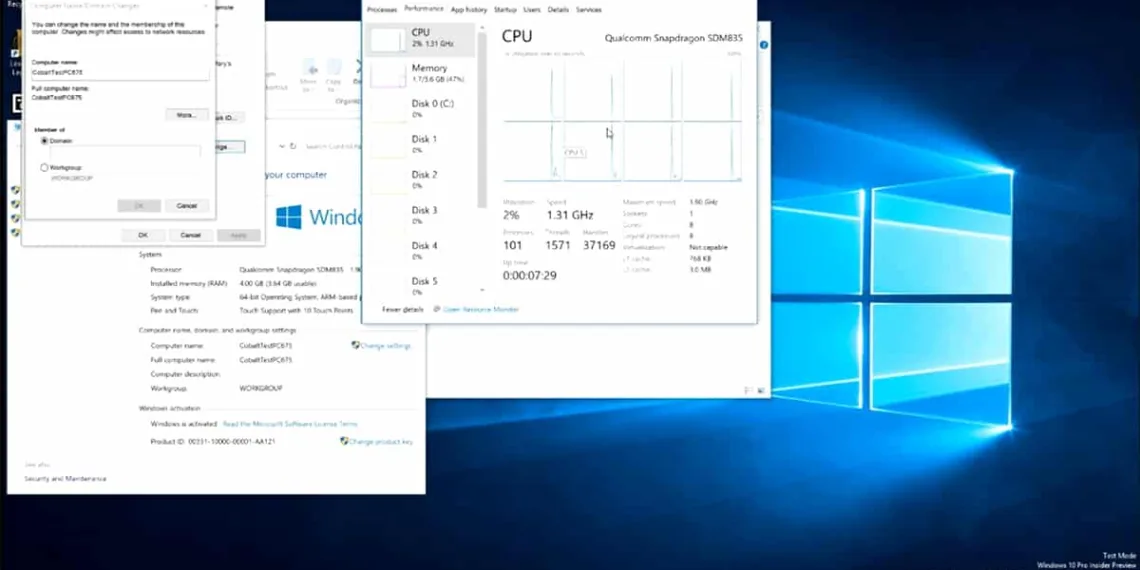Apple has already launched its M1 chipset, and we all are impressed by the performance results of the processor from Apple. The company’s VP of software engineering Craig Federighi stated that the ARM version of Windows 10 could run natively on Apple Silicon M1 Macs. But the decision was left up to Microsoft.
But it’s not like crazy developers, and system testers around the globe will sit idly and wait for Microsoft to run Windows on Mac. A developer has found a workaround that enables the first virtualization of ARM Windows running successfully on an M1 Mac. The developer even goes as far as to claim that the performance is “pretty snappy.”
If we are indeed looking for Microsoft to run the ARM version of Windows on M1 based Mac, we have to wait for a long time as there are several issues with launching ARM-based windows.
‘Microsoft’s current licensing doesn’t allow its ARM version of Windows 10 to be used by Apple (since it’s not preinstalled). And previously, Microsoft said it didn’t have any news to share about it making a change to allow Boot Camp on ARM Macs.”
The developer Alexander Graf successfully made some tweaks to get his M1 Mac running the Windows OS as virtualization. The developer stated that Windows ARM64 could run x86 applications well. It’s not as fast as Rosetta 2, but close. According to Alexander Graf, the process he followed is reproducible and doesn’t offer full system stability.
“He was able to achieve this by running the Windows ARM64 Insider Preview by virtualizing it through the Hypervisor. Framework. This framework allows users to interact with virtualization technologies in user space without having to write kernel extensions (KEXTs), according to Apple. Moreover, this wouldn’t have been possible without applying a custom patch to the QEMU virtualizer. QEMU is an open-source machine emulator and virtualizer. It’s known for “achieving near-native performance” by directly executing the guest code on the host CPU. So it goes without saying that only ARM guests can be perfectly virtualized on an ARM machine like the M1-supported Macs.”








